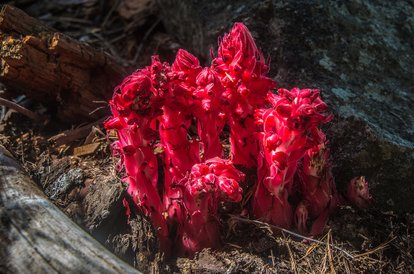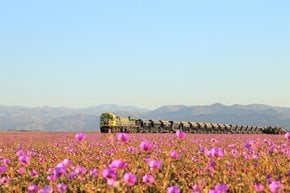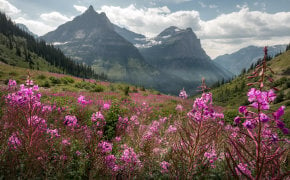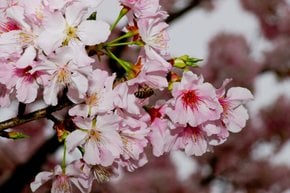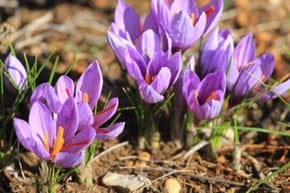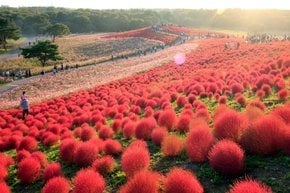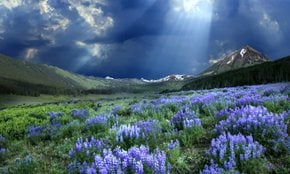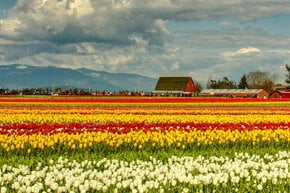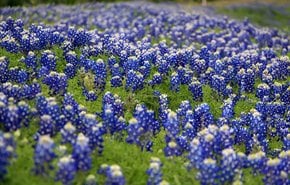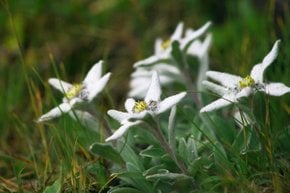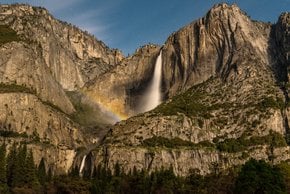Snow Plant in Yosemite 2026
Is this a flower, a mushroom, or maybe a guest from another planet?
Best time: April–July
In early spring this unusually looking plant shows its bright red head through the snow. The snow plant doesn't look like a typical flower and is often compared to a mushroom or a red asparagus. It also lacks the chlorophyll which gives the familiar green colour to most plants. All of this makes the snow plant probably the weirdest inhabitant of this area and attracts many wildflower enthusiasts and photographers, and is more admired by tourists than any other plant in Yosemite. You can find this spectacular flower from May to July in Yosemite Valley, the Mariposa Grove of Sequoias, and along the Glacier Point Road.
Practical info
External resources
Find hotels and airbnbs near Snow Plant (Map)
Last updated:
Authors: Eleonora Provozin


